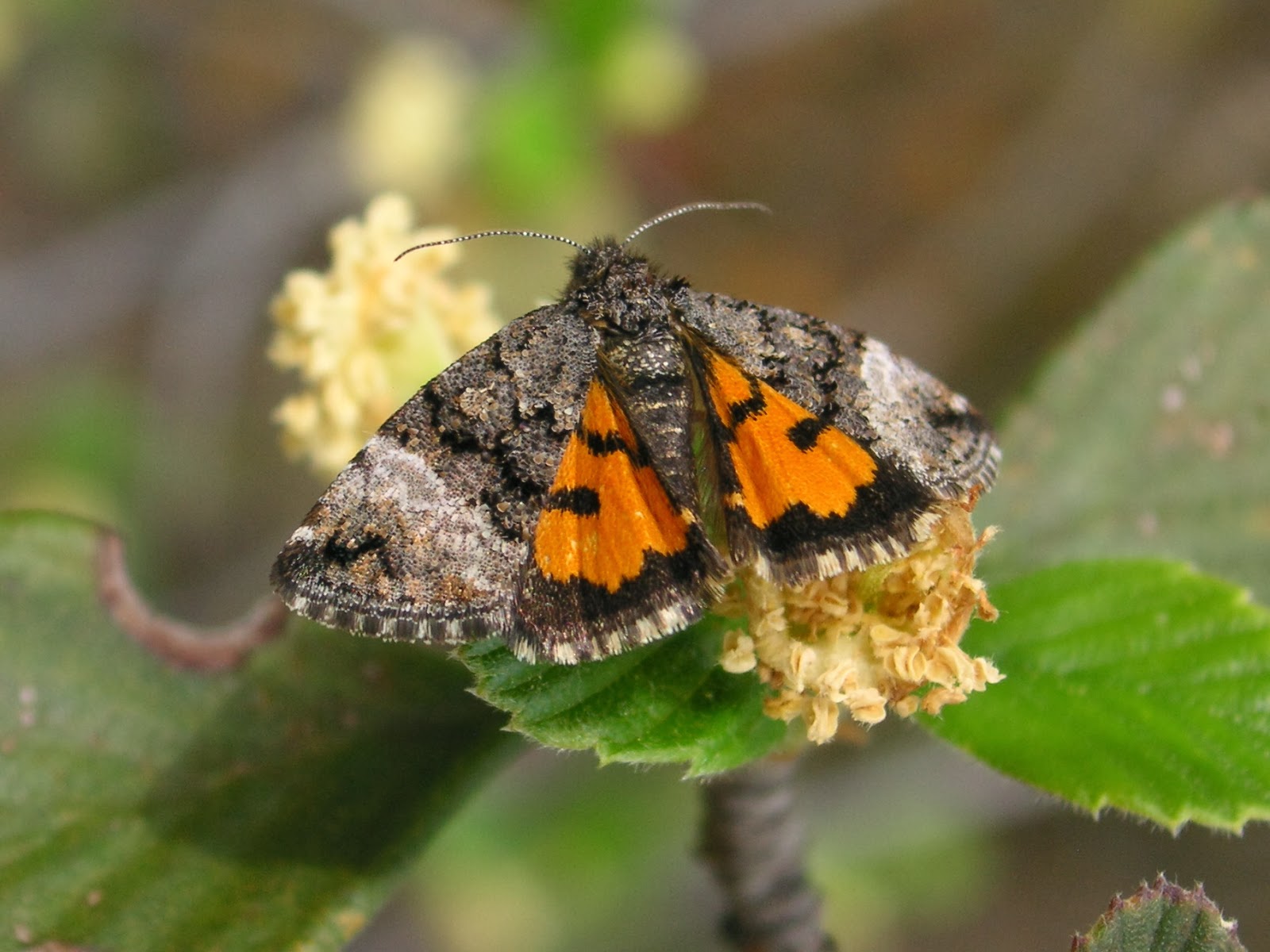Pinnacles National Park - west entrance
I had in mind, again, to find a couple butterflies at Pinnacles. Plus, I was curious to see this year's seasonal progression after a bit of rain. Hey, at the very least, there is a small amount of running water on each side of the west entrance. It feels like it's been forever since Andy and I hiked together, even though it's only been 3 weeks since our visit to Los Padres Dam. He's been busy, stressed, and sick. And I ended up talking his ear off. I've never known a more
patient man. He's my rock. Heavy sigh... I am weary. I feel as if I am running out of borrowed time. I have been searching hard, maybe too hard, for some of life's answers. I wish it were as simple as finding butterflies.
ps 03/14/14 - I am reminded of a vivid dream I had shortly after my mentor Sonja died. In it, I was running up hill and down dale, chasing after butterflies, loosing my breath, wildly swinging my net, with no success. Then I heard her voice, "Slow down. Be patient. Pick a nice spot to sit. One that you enjoy. Wait. The butterflies will come to you." In the dream, I did as she told me, and sure enough before too long, butterflies were swarming all around me. It's taken me a while, but I now recognize I may have had the answer all along.
ps 03/14/14 - I am reminded of a vivid dream I had shortly after my mentor Sonja died. In it, I was running up hill and down dale, chasing after butterflies, loosing my breath, wildly swinging my net, with no success. Then I heard her voice, "Slow down. Be patient. Pick a nice spot to sit. One that you enjoy. Wait. The butterflies will come to you." In the dream, I did as she told me, and sure enough before too long, butterflies were swarming all around me. It's taken me a while, but I now recognize I may have had the answer all along.












